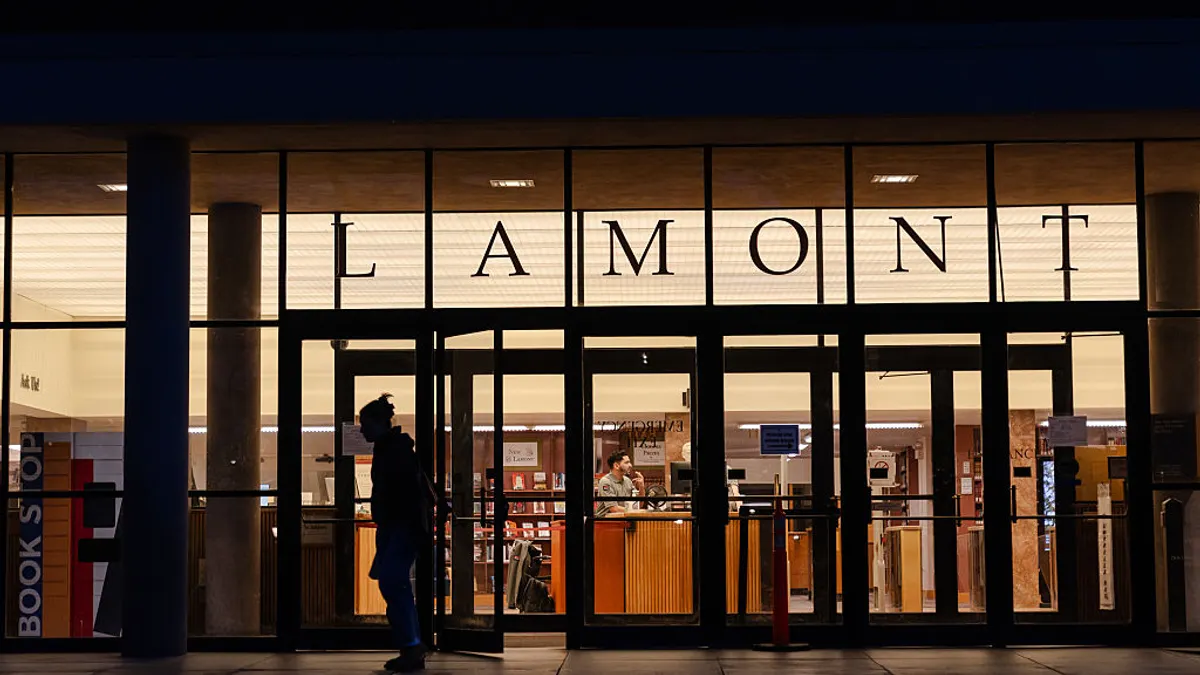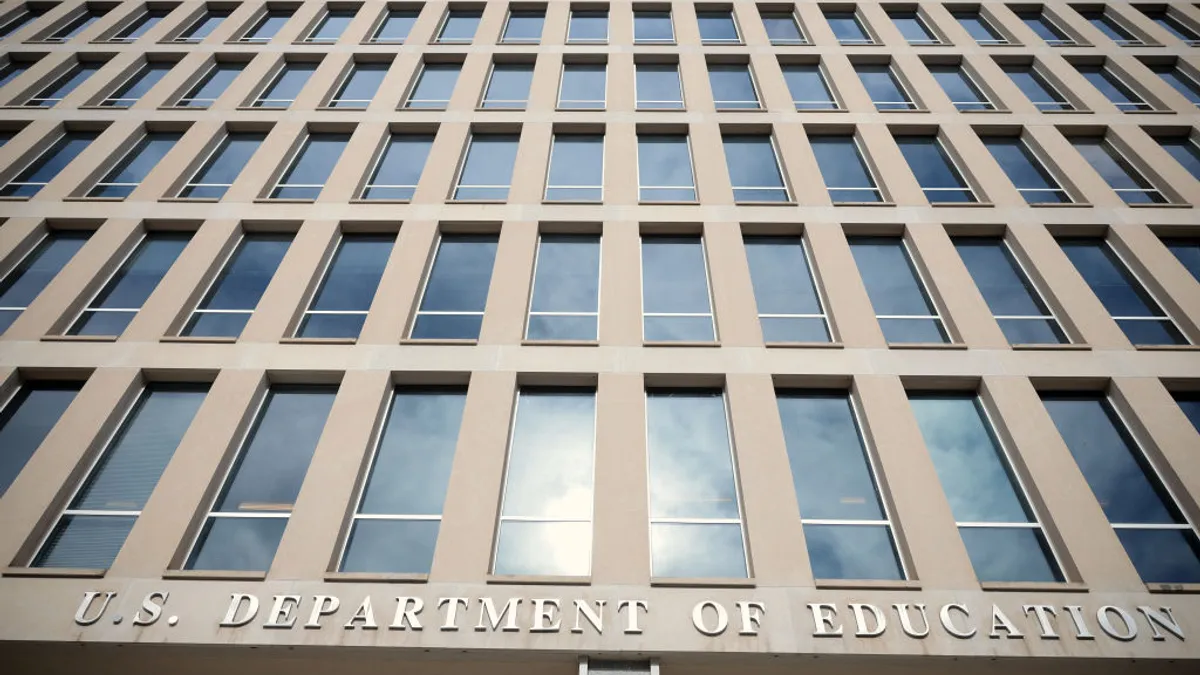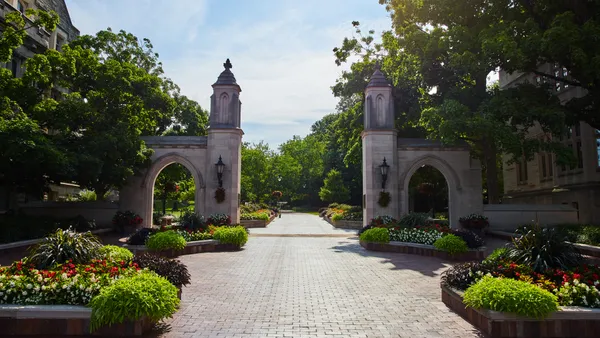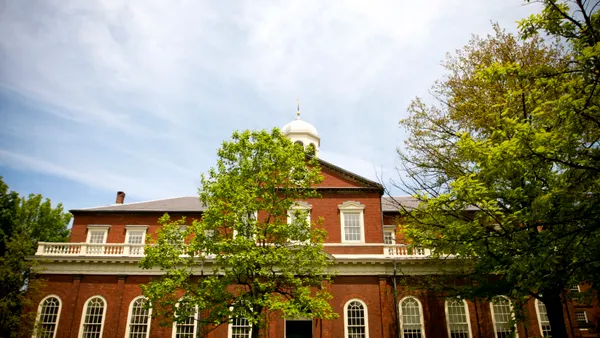Dive Brief:
- The delinquency rate is high for a federal loan program for historically black colleges and universities, but the Government Accountability Office (GAO) and a group of legislators have said the program needs to be evaluated to assure it benefits the institutions and is more broadly promoted, according to the Wall Street Journal.
- The GAO reported that almost 30% of payments toward the Historically Black Colleges and Universities Capital Financing Program were delinquent last year, and three of the 46 institutions participating have defaulted.
- The program was initiated in 1992 and started slowly, only approving $218 million in loans to 14 colleges by 2006. Over the following 10 years, it approved about $1.75 billion. The Journal also reported that the program had a target delinquency rate of 14%, but its actual delinquency rate was 19% in fiscal 2012 and 36% in fiscal 2013.
Dive Insight:
The GAO and a group of Democratic legislators have suggested that the Education Department should modify the program and do more outreach to public universities, which could expand it. Only 13 of the participating schools are public institutions. The GAO also said that weighing the benefits of loan modifications against program costs and other risks would be helpful.
Rep. Bobby Scott of Virginia has said he supports the recommendations from the GAO. “This report identifies important challenges that act as a barrier to a thriving network of HBCUs, including policies that unfairly hinder the financial health of these institutions,” he said in requesting with other members of congress that the GAO look into the issue.
The WSJ reported that because of underinvestment by states and the federal government and slumping enrollment, small endowments and low alumni giving rates, HBCUs have had a difficult time paying for capital investments. The GAO report suggests that the loan program could help.
With regard to state support, Maryland earlier this year offered to pay the state's four HBCUs $100 million to settle a lawsuit over unequal public funding, which critics say was below what other states have offered in similar circumstances and not enough to repay the damage inflicted by state policies that depressed the institutions' enrollment.











